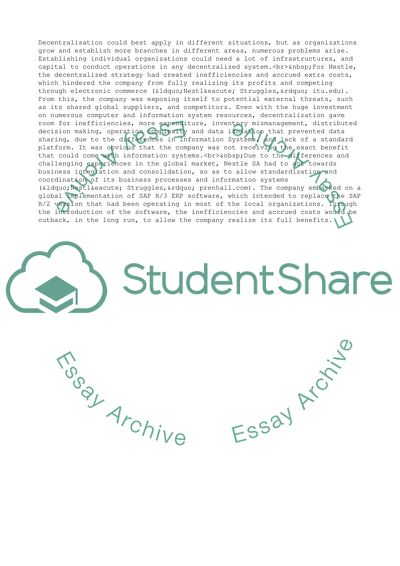Cite this document
(“Nestl Tries for an All-for-One Global Strategy Case Study”, n.d.)
Nestl Tries for an All-for-One Global Strategy Case Study. Retrieved from https://studentshare.org/management/1615355-nestl-tries-for-an-all-for-one-global-strategy-case-study
Nestl Tries for an All-for-One Global Strategy Case Study. Retrieved from https://studentshare.org/management/1615355-nestl-tries-for-an-all-for-one-global-strategy-case-study
(Nestl Tries for an All-for-One Global Strategy Case Study)
Nestl Tries for an All-for-One Global Strategy Case Study. https://studentshare.org/management/1615355-nestl-tries-for-an-all-for-one-global-strategy-case-study.
Nestl Tries for an All-for-One Global Strategy Case Study. https://studentshare.org/management/1615355-nestl-tries-for-an-all-for-one-global-strategy-case-study.
“Nestl Tries for an All-for-One Global Strategy Case Study”, n.d. https://studentshare.org/management/1615355-nestl-tries-for-an-all-for-one-global-strategy-case-study.


